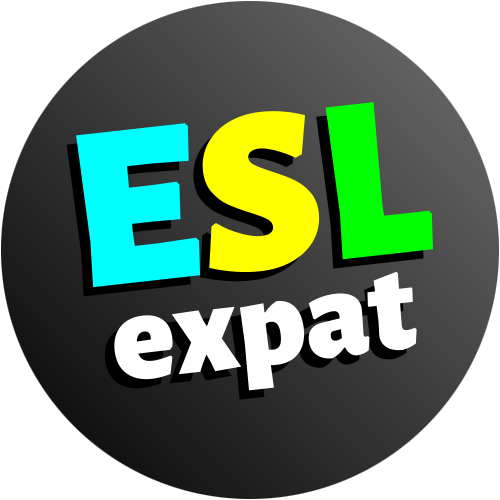|
Download ESL Books + Free PDFs
ESL Vocabulary Flashcards Download free flashcards & PDFs! |
The Two Truths and a Lie ESL Activity is a great icebreaker for most levels. The aim of the activity is for the students to guess what you are lying about. It is preferable if the students don’t know much about you. This will make it more challenging for them to guess which one of your personal statements is a lie.
Student Level: Intermediate, Advanced

Two Truths and a Lie ESL Activity Preparation:
All that you need for the Two Truths and a Lie ESL activity is your board and marker. Optionally, you could provide the students with some paper for them to write on. This speaking activity can be extended as a writing activity as well. However, it depends on how much time you have for the class.
Two Truths and a Lie ESL Activity Guidelines:
To start, write down three sentences on the board about yourself. One sentence should be a lie or a false statement about yourself. The other two sentences should be true statements.
Here is an example of what you could write for a lower level class:
1. I have a cat.
2. traveled to Spain.
3. My father is a dentist.
In this particular example, the teacher’s false statement is number 2.
However, the class has no idea which sentences are true or false. In order to guess which statement is false, the students must ask the teacher questions relating to the three statements written on the board. Therefore, the teacher should encourage the students to ask questions and perhaps provide a few examples so they get the idea of the game.
For instance, students could ask questions like:
“Where does your cat sleep?”
“When did you go to Spain?”
“What is the name of your father’s dental office?”
Then, students would have to judge the teacher based on the quickness of his or her response to see if they are lying. If the teacher is a good actor, then it will make the game more challenging.
After you have given students time to ask questions, put them in discussion groups. In the groups, or with partners, they can talk about what they think the false statement is. Give them a few minutes to discuss their opinions.
Next, stop the discussions, and have each student tell you what they think the false statement is. Write their name or initials next to the number which they selected.
Once every student has guessed their answer, tell them which statement is false.
The students who selected the false statement get congratulated by the losers. Alternatively, you could award a small prize to those who guessed correctly.
If time permits, you can divide the students into groups and have them do the same activity together in their small groups. They can all write their three sentences down about themselves and have other students in the group guess which sentence is false.
Follow-Up ESL Activities:
To conclude the class, you could try applying some of the vocabulary used in the sentences in a competitive word game. Have a look at vocabulary games like the Pass the Marker ESL Game or the Mystery Word ESL Game.
More ESL Speaking Activities for Kids and Adults:
- Tarot Cards
- Best Friends Challenge
- Storytelling
- Would You Rather
- Shopping Spree
- Job Interview
- Find Someone Who
- Cup Pong
- Movie Idioms
- Funny or Die
- Movie Predictions
- Chopstick Topics
- Movie Trailers
- 4 Corners
View the speaking activities archive.

